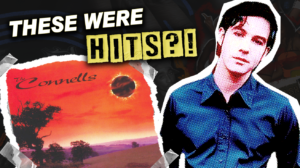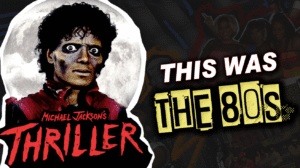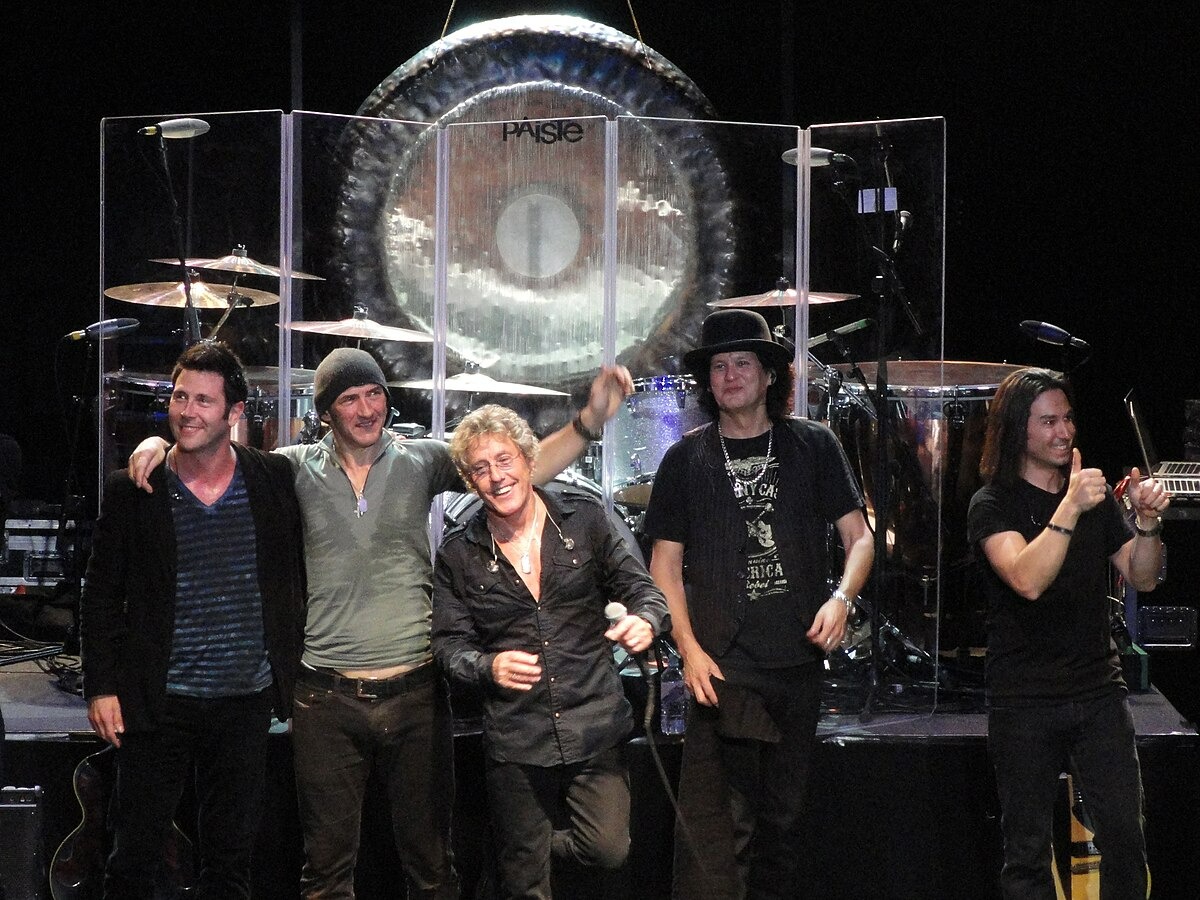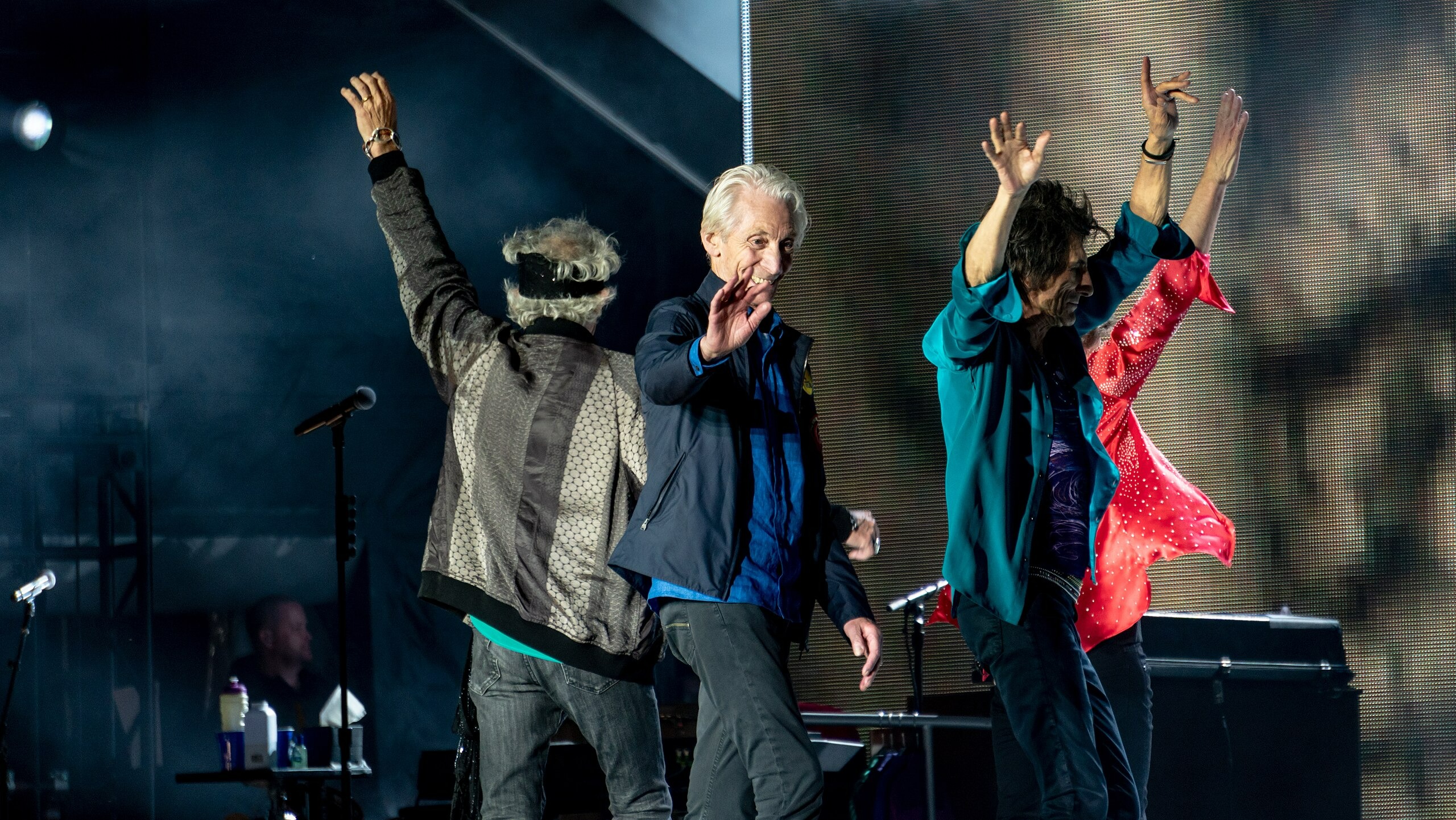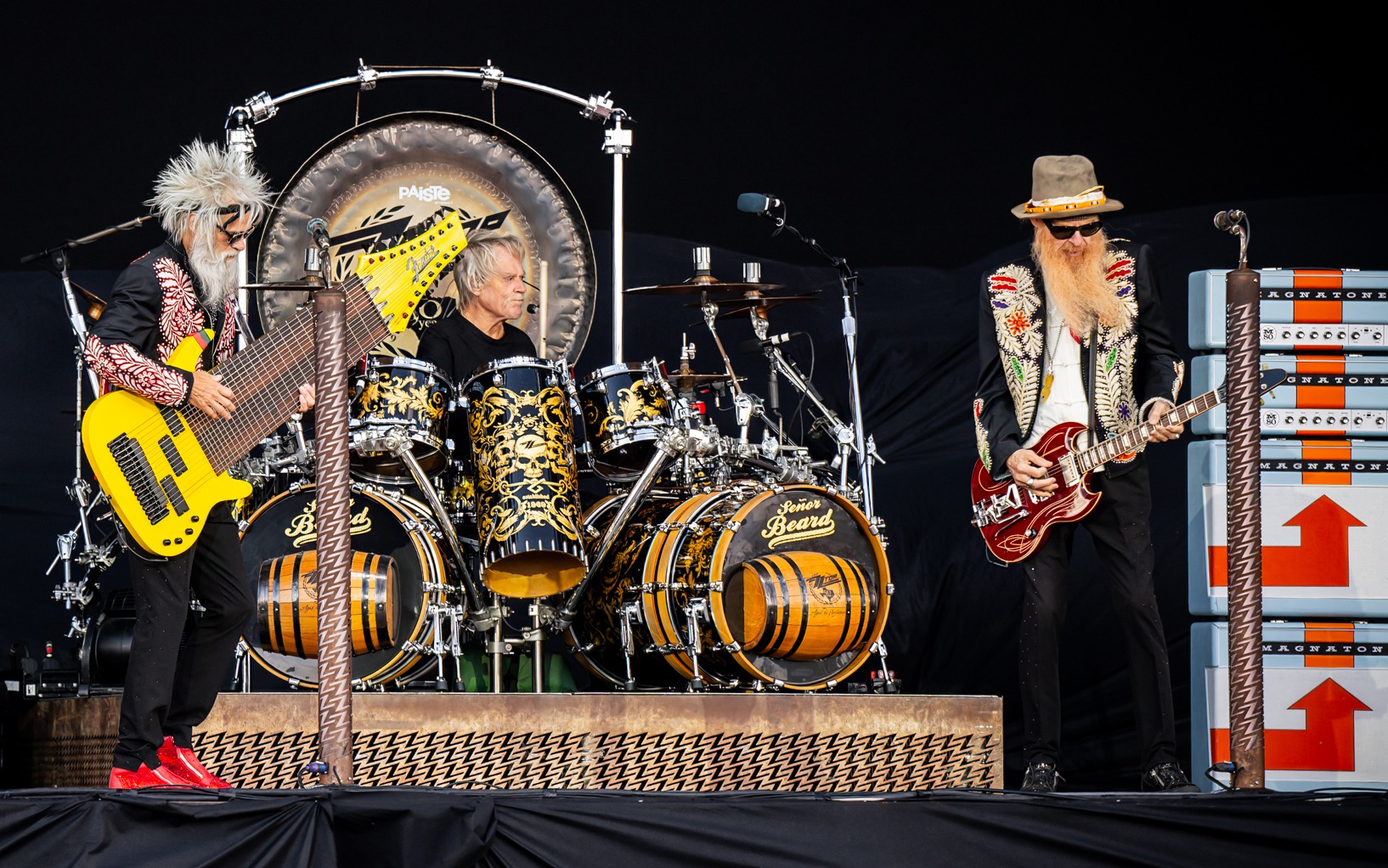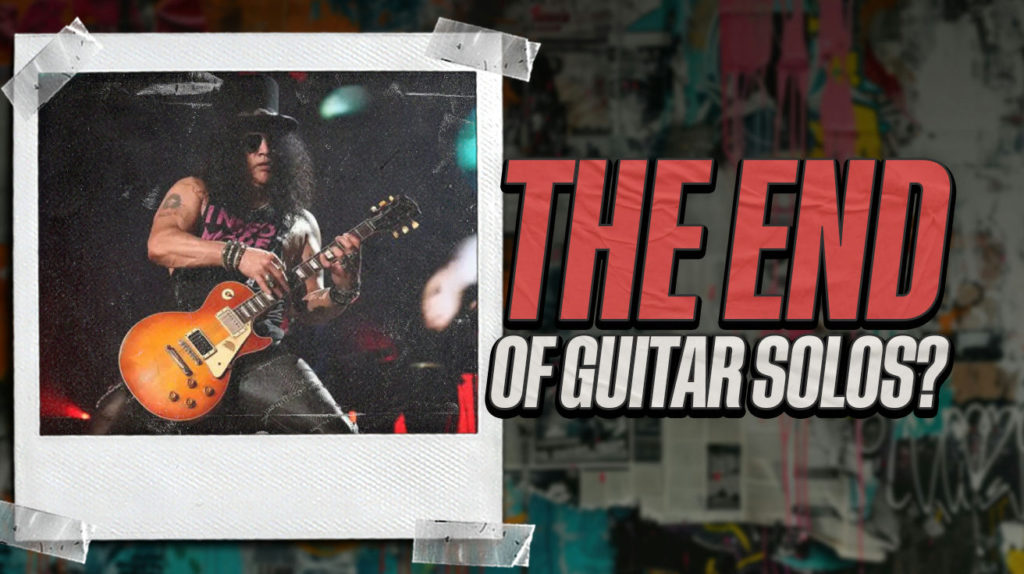
Six strings, countless stories, and one persistent rumor of death that won’t stick. Every decade since the 1960s has supposedly marked the end of the guitar solo, yet here we are, still talking about them. This journey through pivotal moments reveals how solos balanced technical wizardry with raw emotion, why certain riffs burned themselves into our collective consciousness, and how they kept evolving when everyone predicted their extinction. From Hendrix’s psychedelic explorations to White’s minimalist fury, the guitar solo proves more resilient than a Nokia phone from 2003.
14. Concrete Chaos: When Peace and Love Became Profit and Rage
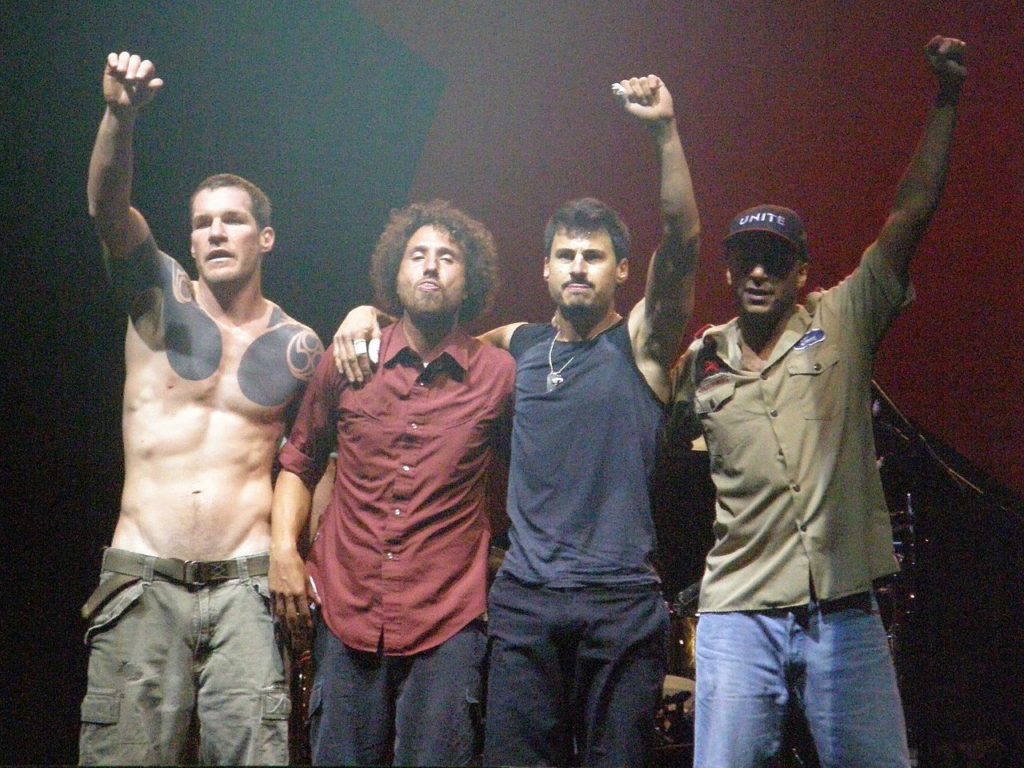
Flames danced across the concrete wasteland of Griffiss Air Force Base as three days of corporate greed masqueraded as a musical celebration. The former military installation provided zero shade, maximum heat, and a dystopian backdrop that would make Black Mirror writers jealous. Rage Against the Machine delivered blistering performances that somehow matched the festival’s 100-degree temperature and even hotter tempers.
Four-dollar water bottles replaced flower crowns and idealism, transforming what should have been a cultural celebration into a corporate cash grab disguised as nostalgia. This wasn’t just another failed festival—it was the moment an entire generation realized their parents’ musical mythology had been strip-mined for profit.
13. Seattle’s Response to Hair Metal’s Excess
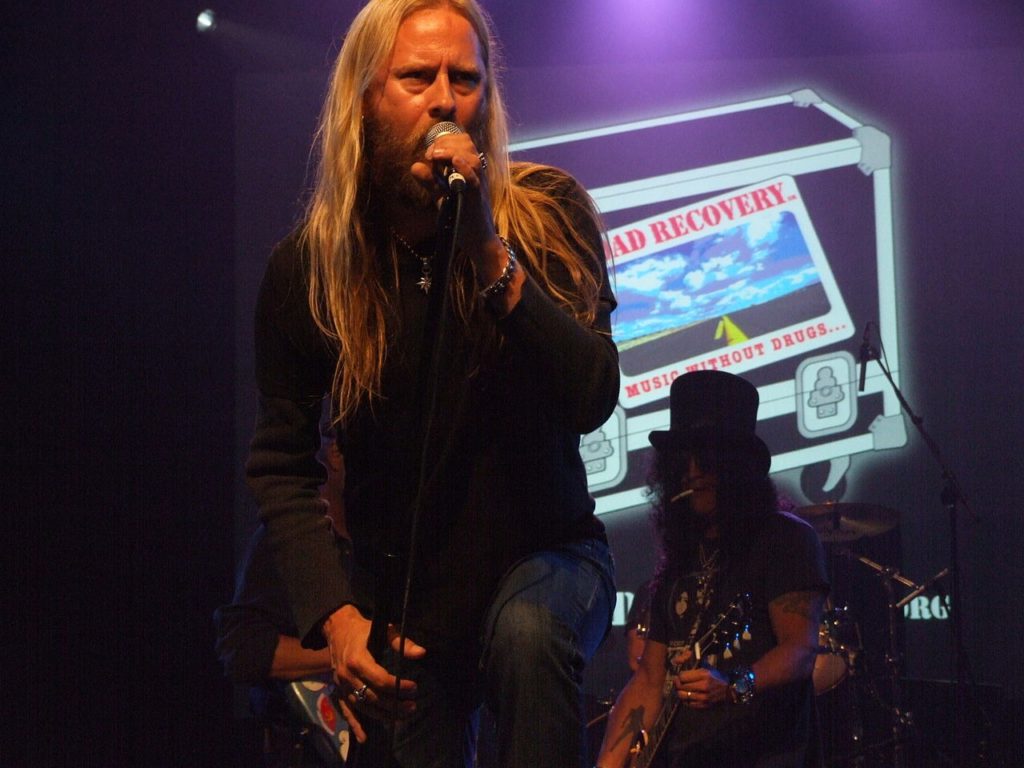
Flannel-wrapped musicians crawled from underground venues with a simple mission: strip away everything fake. Jerry Cantrell’s haunting work on “Man in the Box” and Kim Thayil’s wall of fuzz on “Pretty Noose” painted emotions in shades of gray rather than neon technicolor. These guitarists treated their instruments like confessional booths, pouring personal demons through Marshall stacks.
Emotional authenticity mattered more than how many notes you could squeeze into sixteen bars. The movement shifted focus from technical showmanship toward making each chord change feel like a conversation with your most trusted friend during a 3 AM crisis.
12. Purple-Haired Perfectionist Goes Against the Grain
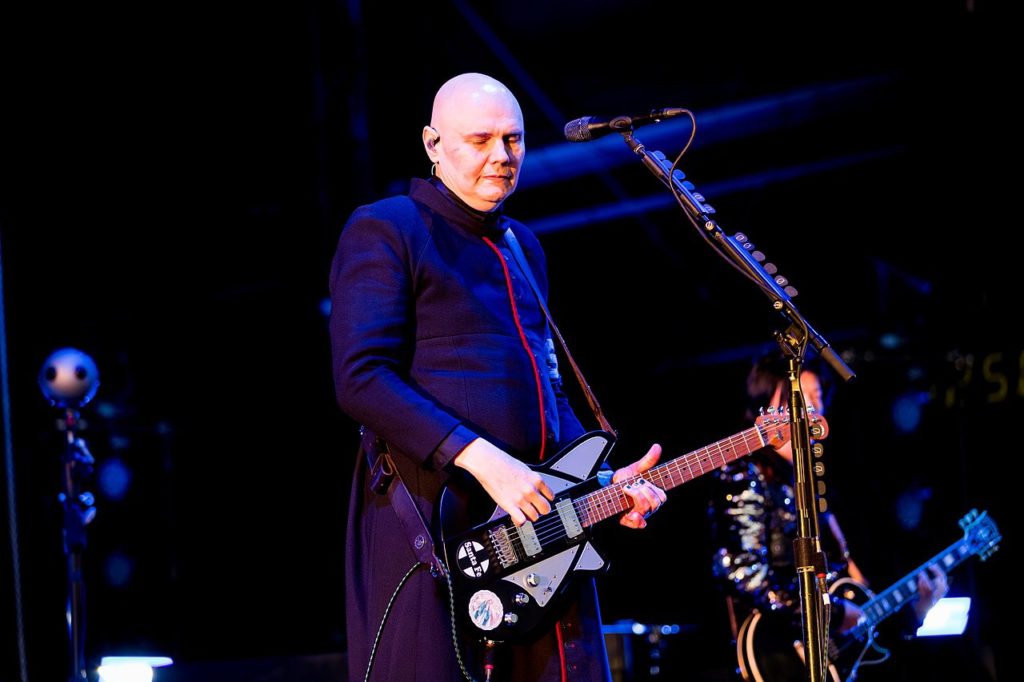
Technical precision flowed through Billy Corgan’s fingers like he’d studied at some secret conservatory for depressed geniuses. His “Cherub Rock” solo borrowed melodic sensibility from progressive legends, creating something that sounded like Rush crashed into a therapy session. The Smashing Pumpkins leader refused to embrace the three-chord simplicity that defined his Seattle contemporaries.
Fuzz pedals and emotional vulnerability still shaped his approach, uniting technical mastery with authentic feeling. Corgan crafted complex arrangements that never abandoned the rawness that made alternative rock revolutionary.
11. Virtuosity Becomes a Double-Edged Sword
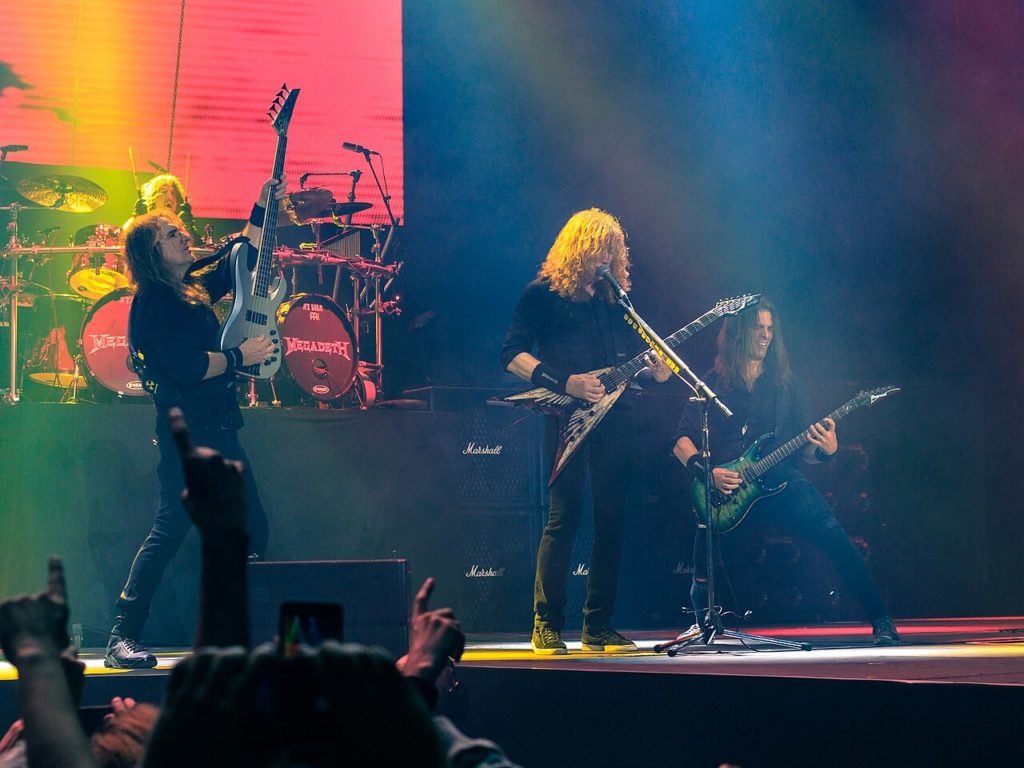
Megadeth’s “Hangar 18” showcased Dave Mustaine and Marty Friedman’s dueling guitars like a chess match played at lightning speed. Dimebag Darrell elevated Van Halen’s techniques to stratospheric heights with Pantera’s crushing rhythms. Metal splintered into countless subgenres, each reflecting different aspects of the genre’s technical potential.
This relentless pursuit of excellence created an unintended consequence: alienation from mainstream audiences. The genre transformed into a technical arms race where accessibility often got sacrificed for the sake of impressing other musicians rather than connecting with regular listeners.
10. Beats and Rhymes Challenge Six-String Supremacy
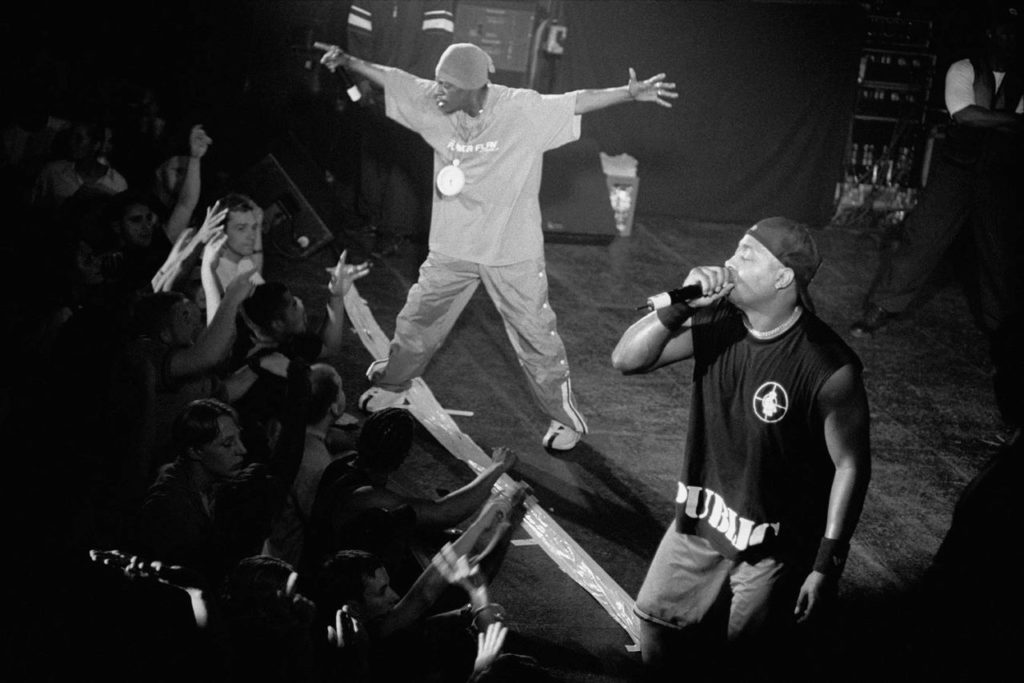
Cultural dominance shifted as hip-hop artists moved crowds without a single power chord. Anthrax and Public Enemy’s “Bring the Noise” experiment tried merging genres, creating something that sounded like the future arriving ahead of schedule. The Beastie Boys’ “Sabotage” injected punk energy into hip-hop frameworks, achieving fusion through genuine respect rather than forced collaboration.
Traditional song structures started feeling antiquated as sampling technology opened new creative possibilities. The guitar solo began resembling a landline phone in an iPhone world—still functional, but increasingly irrelevant to younger audiences.
9. Revolutionary Sounds From Familiar Instruments
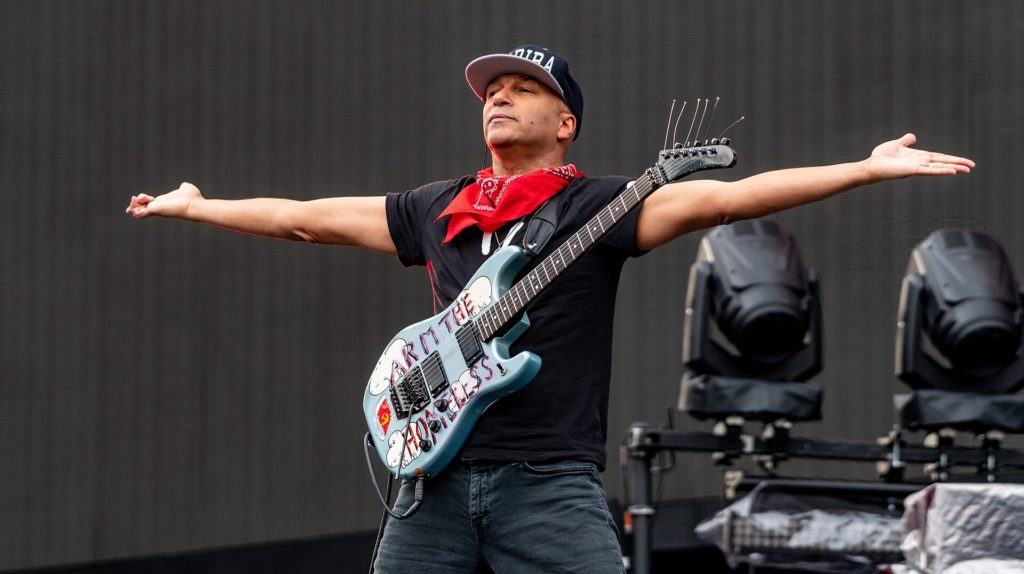
Tom Morello treated his Fender Telecaster like a laboratory for sonic experimentation. His “Bullet in the Head” solo used toggle switches to create textures that sounded more like turntable scratching than traditional guitar playing. Hip-hop beats merged with crushing riffs, producing something that defied every existing categorization system.
These innovations opened unexplored sonic territory for what rock music could become when filtered through diverse cultural influences. Morello dismantled the notion that evolution required abandoning the guitar—it just demanded approaching the instrument with fresh perspectives and zero reverence for tradition.
8. Funk Foundations Meet Stadium Ambitions

John Frusciante’s arrival after Hillel Slovak’s tragic death marked a pivotal transformation in the band’s musical DNA. His fiery solo on “Suck My Kiss” displayed technical prowess while maintaining the funk-punk foundation that made them special. Later, “Scar Tissue” illustrated how melodic restraint could create more emotional impact than flashy fingerwork.
This evolution toward radio-friendly melodies expanded their audience exponentially, making guitar solos serve songs rather than dominating them. Frusciante revealed the power of knowing when not to play.
7. Atmospheric Textures Replace Traditional Solos

Adrian Utley crafted smoky film noir soundscapes that made guitars sound like they were exhaling cigarette smoke in dimly lit jazz clubs. Portishead’s fusion of downbeat atmospheres with hip-hop grooves created trip-hop’s distinctive palette. His slow, moody work on “Glory Box” layered smooth textures over somber rhythms, influencing countless bedroom producers worldwide.
These musicians weren’t trying to become the next Eddie Van Halen—they were sound designers using six strings as their primary tool for creating cinematic experiences. The approach prioritized mood and atmosphere over technical display.
6. Effects Pedals Become Digital Age Prophets
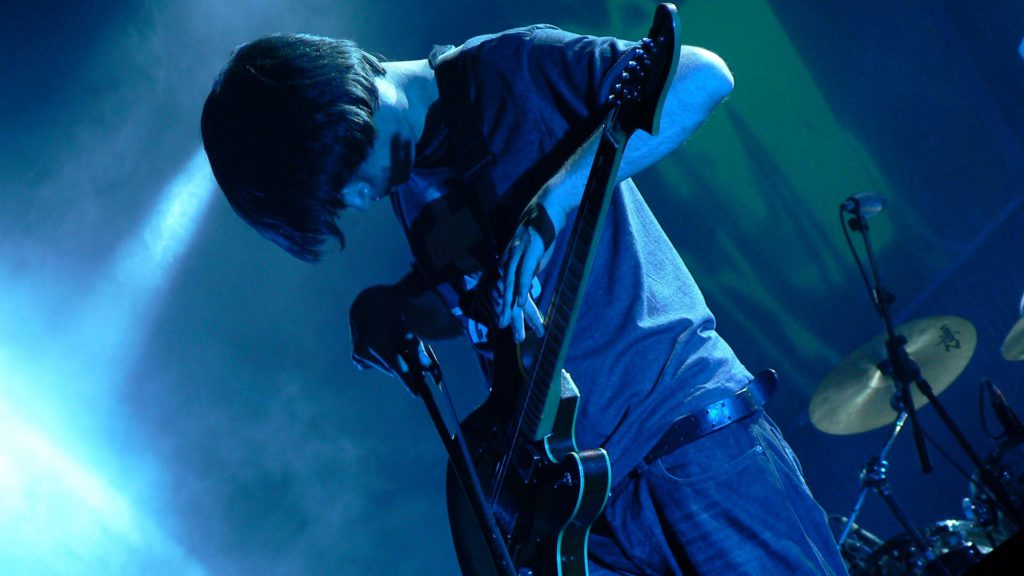
Jonny Greenwood’s pedal experiments on “Paranoid Android” created screeching sounds that perfectly captured dial-up modem anxiety. His arsenal of effects boxes transformed analog instruments into vessels for expressing technological alienation. The band constructed a mini-suite that reflected the fragmented attention spans emerging in the early internet era.
Later albums saw them abandon guitar-centric arrangements entirely, raising existential questions about traditional rock instrumentation’s relevance in an increasingly electronic musical landscape. Greenwood’s innovations redefined what guitars could become—unrecognizable yet emotionally powerful.
5. Established Masters Adapt to Changing Times
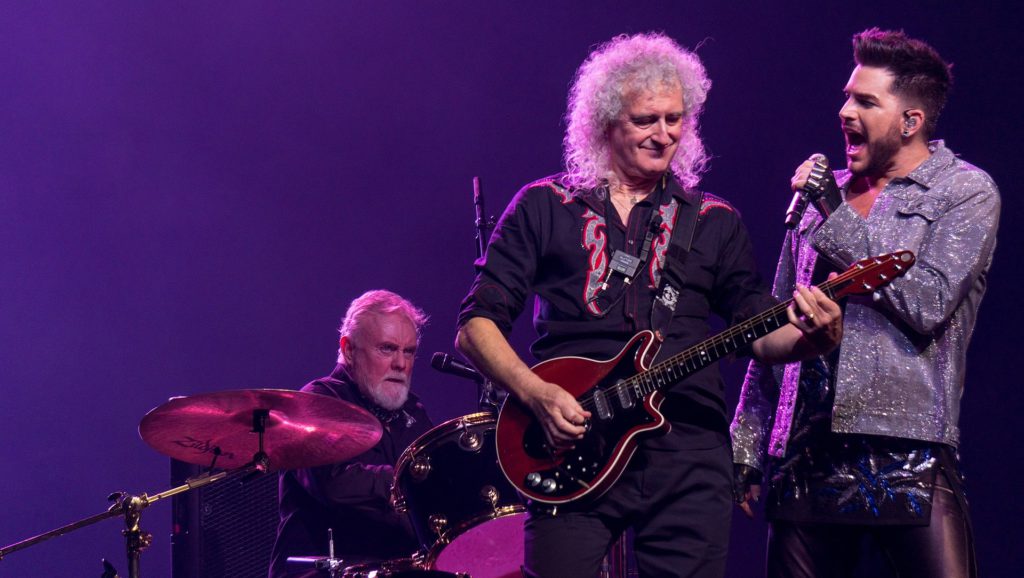
Brian May imbued “The Show Must Go On” with devastating emotional weight that reflected Freddie Mercury’s battle with AIDS. David Gilmour’s “High Hopes” solo cut straight to the heart with characteristic economy and precision. Carlos Santana’s collaboration with Rob Thomas on “Smooth” introduced his distinctive tone to an entirely new generation of listeners.
Each artist embodied guitar mastery through emotional maturity and tasteful restraint rather than just youth and speed. Their work revealed how decades of experience could produce moments of transcendent beauty that no amount of technical training could replicate.
4. Purple Rain Meets Rock and Roll Hall of Fame

Red fedora tilted at the perfect angle, Prince stepped forward during the 2004 ceremony and delivered guitar magic that left Tom Petty and Jeff Lynne visibly stunned. His “While My Guitar Gently Weeps” performance showcased technical brilliance wrapped in authentic passion rather than empty showboating. The solo built from whispered notes to soaring climaxes that seemed to channel electricity directly from the venue’s power grid.
This masterful display confirmed that even in a pop-dominated era, guitar virtuosity could still captivate audiences when delivered with genuine emotion. Prince reminded everyone why the instrument commanded respect across all musical boundaries.
3. Detroit’s Two-Tone Tornado Revives Blues Authenticity
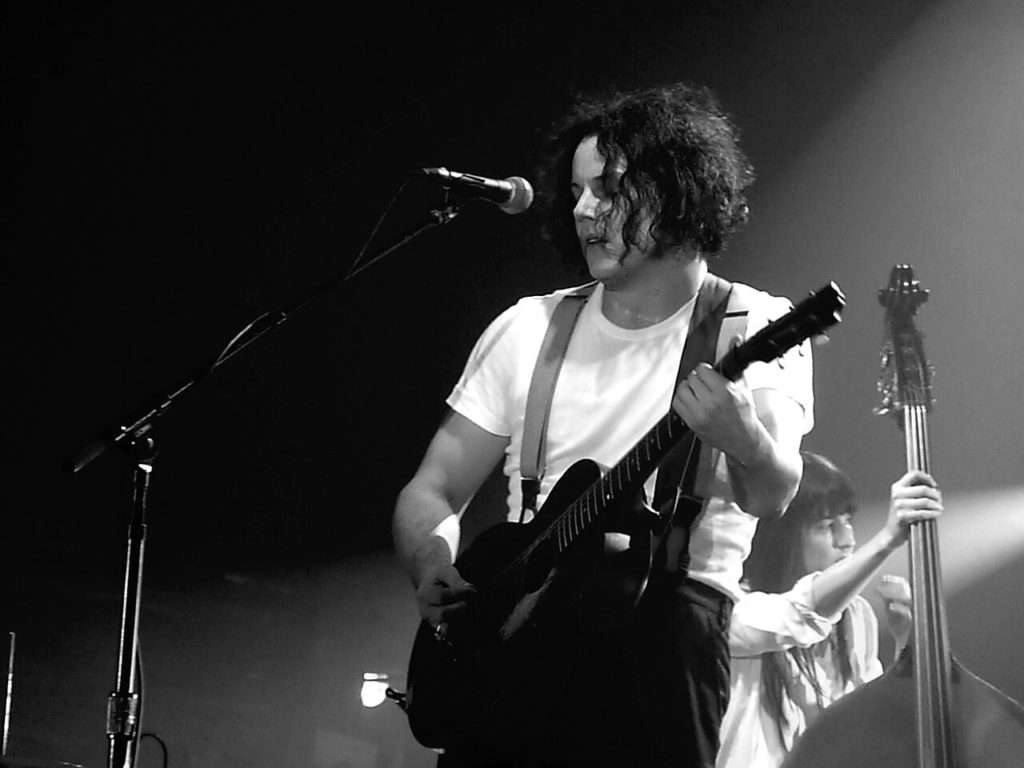
Minimalist equipment and maximum impact defined Jack White’s approach to rescuing rock from digital perfection. The White Stripes’ raw sound offered something genuinely human in an increasingly processed musical landscape. His analog obsessions and vintage gear represented rebellion against the sterile production values dominating mainstream music.
Albums like “White Blood Cells” and “Elephant” brought them from underground clubs to global recognition, validating authenticity’s appeal to audiences hungry for real emotions. White’s philosophy embraced human imperfection as a feature, not a bug.
2. Seven Notes That Conquered the World
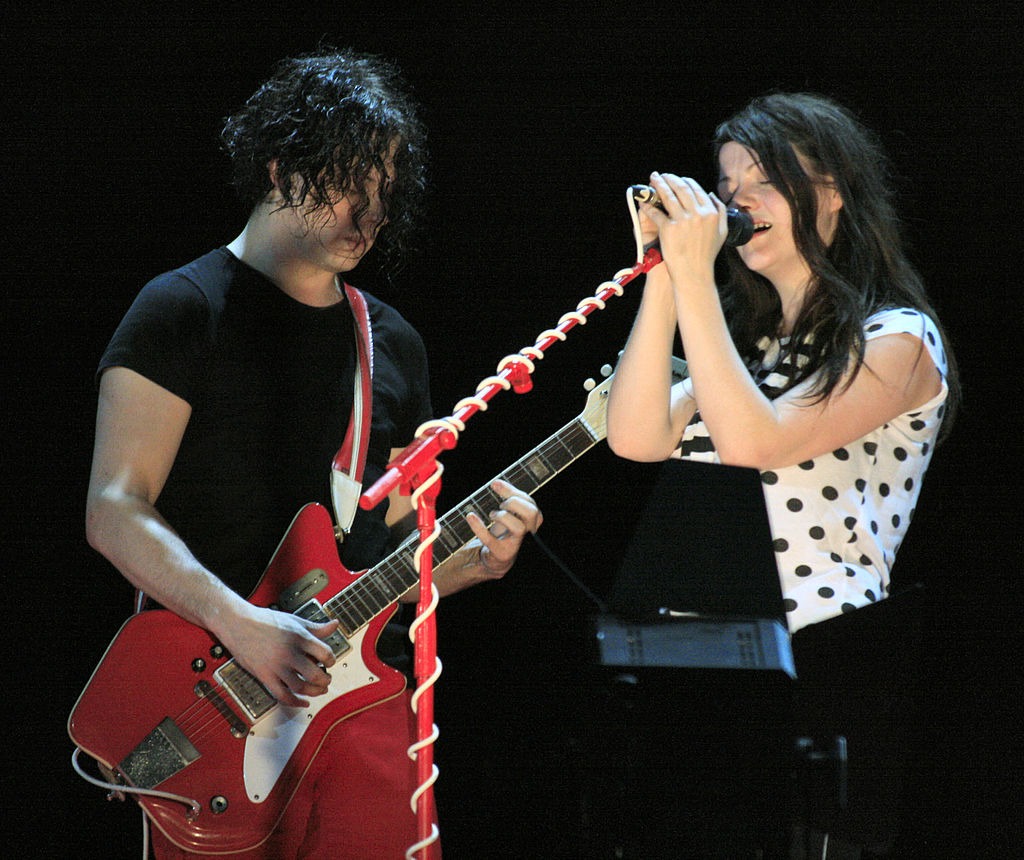
Instantly recognizable and impossibly simple, the “Seven Nation Army” riff achieved what elaborate solos never could—universal recognition. White distilled rock music to its essential elements, creating something that transcended the traditional rock audience. The song’s powerful rhythm and memorable melody resonated across cultures and generations.
From soccer stadiums to political rallies, those seven notes became a global anthem, demonstrating minimalism’s superiority over technical complexity. This track stands as possibly the last rock song to penetrate mainstream consciousness so completely.
1. Hidden Laboratories of Six-String Innovation

Math rock and post-metal scenes continue to perfect their craft away from mainstream pressure, like scientists working in secret laboratories. These underground movements experiment with time signatures, extended compositions, and unconventional techniques that could spark the next musical revolution when cultural conditions align properly.
A new generation absorbs influences from across genres and decades, ready to transform popular culture when their moment arrives. The guitar solo isn’t dying—it’s evolving in hidden corners, waiting for the pendulum to swing back toward virtuosity balanced with authentic emotion.




